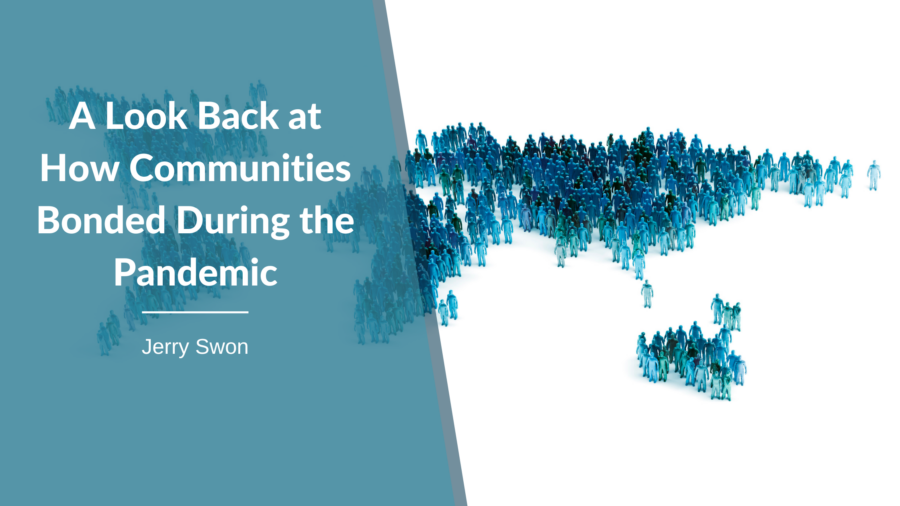The COVID-19 pandemic brought unprecedented challenges and disruptions to communities around the world. Yet, amidst the uncertainty and hardship, communities also demonstrated remarkable resilience, compassion, and solidarity as they banded together to support one another through difficult times. From mutual aid efforts to creative acts of kindness, communities found innovative ways to connect, support, and uplift one another during the pandemic. As we look back at how communities bonded during this challenging period, several key themes emerge:
Mutual Aid and Volunteerism:
In response to the pandemic, communities mobilized grassroots mutual aid networks and volunteer initiatives to assist those in need. Neighbors offered to shop for groceries, run errands, and provide emotional support for vulnerable individuals who could not leave their homes. Volunteer groups organized food drives, mask-making efforts, and community care packages to support frontline workers and individuals experiencing hardship.
Virtual Connections and Support Networks:
Despite physical distancing measures, communities found ways to stay connected and support one another virtually. Social media platforms, online forums, and virtual support groups emerged as essential tools for maintaining social connections, sharing resources, and offering emotional support. Virtual events such as virtual happy hours, online concerts, and digital workshops provided opportunities for community members to come together, share experiences, and foster a sense of belonging amid isolation.
Creative Community Initiatives:
Communities launched creative initiatives and projects to spread joy, positivity, and solidarity during the pandemic. From chalk art displays and window decorations to neighborhood sing-alongs and outdoor concerts, communities found innovative ways to uplift spirits and bring people together while adhering to safety guidelines. Street-level initiatives such as community pantries, free libraries, and neighborhood art installations transformed public spaces into creativity and connection hubs, fostering unity and resilience.
Support for Small Businesses and Local Economies:
Communities rallied to support small businesses and local economies that were hard hit by the pandemic. Residents patronized local restaurants, shops, and companies, organized virtual fundraisers, and launched “buy local” campaigns to help sustain struggling enterprises. Community-led initiatives such as gift card drives, online marketplaces, and virtual craft fairs provided platforms for small businesses to showcase their products and services and connect with customers in new ways.
Civic Engagement and Advocacy:
The pandemic sparked increased civic engagement and advocacy as communities came together to address systemic issues and advocate for change. Residents organized grassroots campaigns to demand equitable access to healthcare, housing, and resources for marginalized communities disproportionately impacted by the pandemic. s.
The COVID-19 pandemic brought communities together unprecedentedly, fostering resilience, compassion, and solidarity in adversity. From mutual aid efforts and virtual support networks to creative community initiatives and grassroots advocacy, communities demonstrated the power of collective action and the importance of connection in times of crisis.

